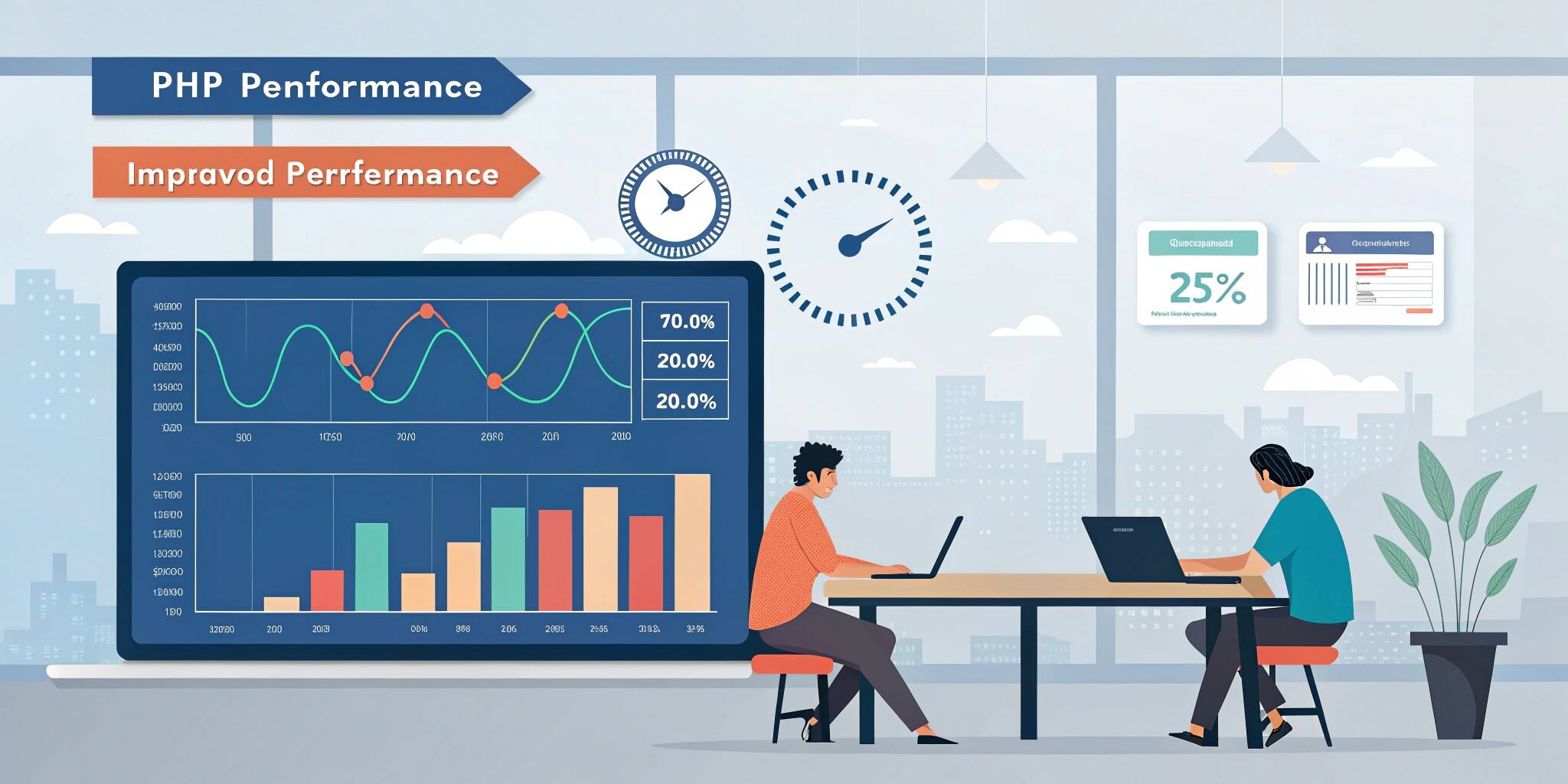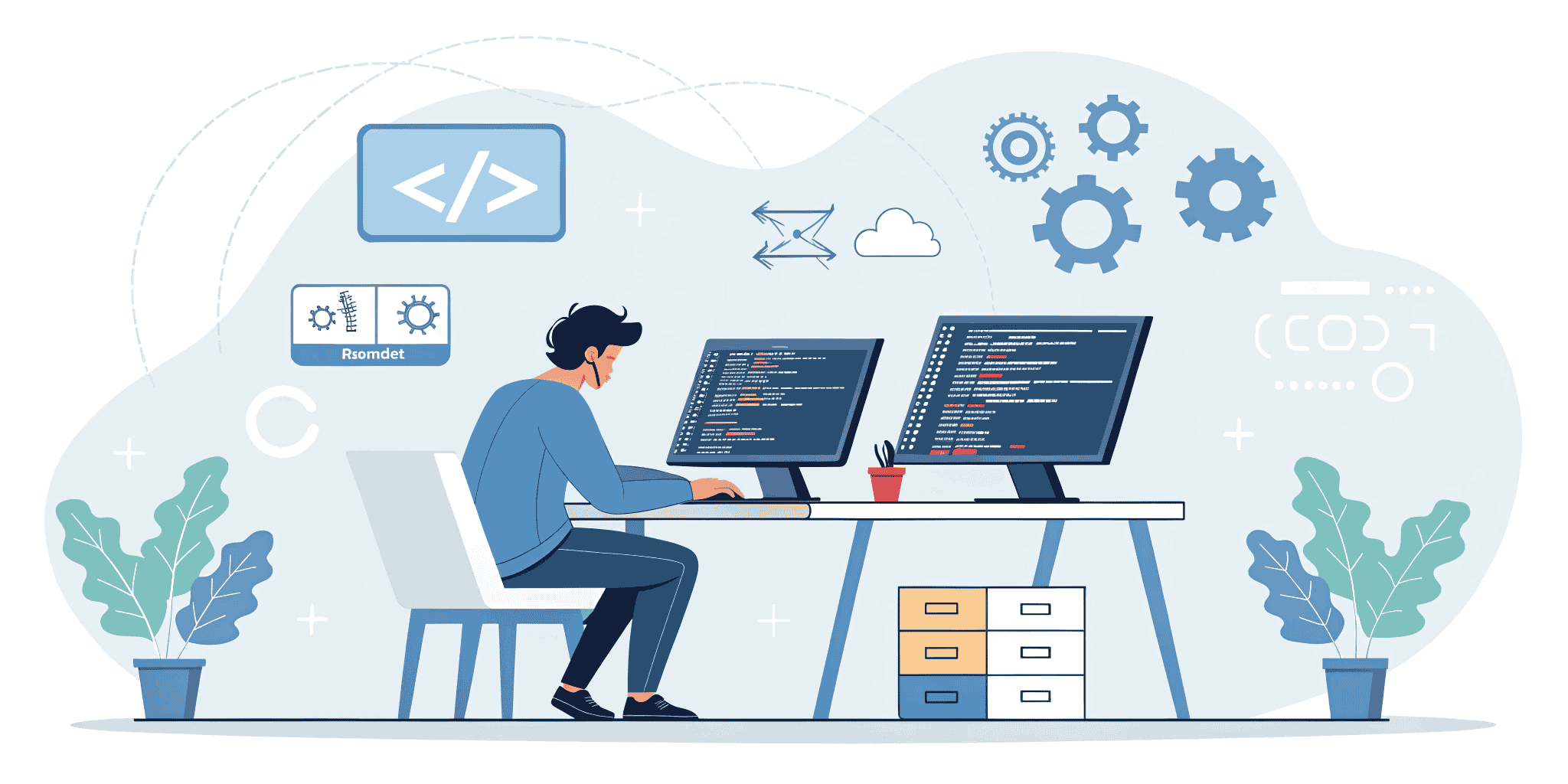Performance Optimization in PHP Applications: Best Practices for Speed and Scalability
In today’s digital world, users expect fast and responsive web applications. If your PHP application is slow, users won’t wait—they’ll leave. Performance optimization isn’t just a technical upgrade—it’s a business necessity.
Let’s explore proven strategies to supercharge your PHP applications.
1. Optimize Your PHP Code
Efficient code is the foundation of a high-performing application. Start with:
- Avoid unnecessary loops and nested functions
- Use built-in PHP functions instead of custom ones (they’re faster and more reliable)
- Limit file inclusions (require_once, include_once) where possible
- Reduce the use of global variables
Well-structured, modular, and DRY (Don't Repeat Yourself) code is easier to maintain and runs more efficiently.
2. Use Opcode Caching (e.g., OPcache)
PHP scripts are interpreted on every request, but OPcache compiles and stores bytecode in memory, reducing the need for repeated parsing.
3. Database Optimization
Slow queries are performance killers. Improve DB performance by:
- Indexing frequently queried columns
- **Avoiding SELECT *** (only query what you need)
- Using LIMIT in pagination
- Optimizing joins and subqueries
Also, use prepared statements with PDO or MySQLi to increase speed and security.
4. Implement Data Caching
Use caching mechanisms like:
- Memcached or Redis to store frequently accessed data
- Page or partial page caching for content that doesn't change often
- Database query caching to avoid repeated fetches
This reduces server load and speeds up content delivery.
5. Reduce HTTP Requests and Payloads
- Minimize external file calls (JS, CSS)
- Combine and minify assets
- Use GZIP compression
- Enable browser caching
Every byte counts when it comes to load speed.
6. Use Asynchronous Processing
For tasks like:
- Email sending
- File uploads
- Report generation
Use tools like queues (e.g., Laravel Queues with Redis) to process them asynchronously and keep your main thread fast and responsive.
7. Monitor and Profile Regularly
Use tools like:
- Xdebug + Webgrind or Blackfire.io for profiling
- New Relic or Datadog for real-time performance monitoring
Profiling reveals bottlenecks, helping you make data-driven optimization decisions.
8. Use a Modern PHP Version
Always run the latest stable version of PHP. Each release comes with:
- Improved performance
- Better memory management
- Security patches
PHP 8 and later offer JIT (Just-In-Time) compilation for enhanced speed.
9. Optimize Server Configuration
- Choose a fast web server like Nginx over Apache (or use both in tandem)
- Use PHP-FPM for better request handling
- Configure MySQL/MariaDB for your specific app workload
Server tuning makes a measurable difference in high-traffic applications.
10. Leverage a CDN
A Content Delivery Network (CDN) helps distribute static content (images, videos, CSS, JS) globally, decreasing latency and improving performance.
Services like Cloudflare, AWS CloudFront, and Akamai are excellent options.
Conclusion
Performance optimization in PHP isn’t a one-time task—it’s an ongoing process. By writing efficient code, using modern tools, and continuously monitoring performance, you can deliver fast, scalable, and user-friendly PHP applications that meet today’s standards.


